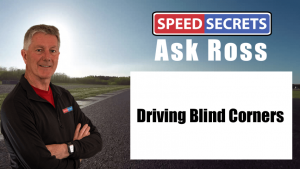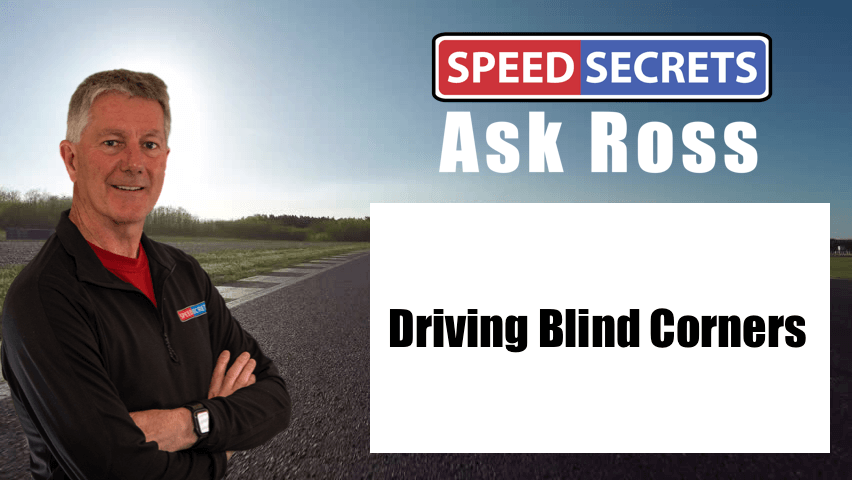 Q: “You must have had this question dozens of times: At Road Atlanta, I struggle with the turns 2 and 3 sequence, which, as you know is blind. What is the technique and thought process when entering that sequence of turns, and what track references do you use?”
Q: “You must have had this question dozens of times: At Road Atlanta, I struggle with the turns 2 and 3 sequence, which, as you know is blind. What is the technique and thought process when entering that sequence of turns, and what track references do you use?”
A: Yes, that’s a challenging section of track! I might have more laps at Road Atlanta than just about any other track, but I still find it a fun challenge, every lap.
I think you start with physical and specific references. For example, there’s a pole at the top of the hill, on your right that you aim the car at after coming out of turn 1. Then, eventually, it becomes more of a timing thing – with enough laps you know that you turn back to the left to set up for turn 3… “right now.” It’s as much of a timing thing as something you see, feel or hear (but all of those are important).
If you want specific physical references, Peter Krause and I created a Virtual Track Walk video that breaks the track down in great detail – including lots of references. Go to https://speedsecrets.com/virtual-track-walks/ and you’ll see Road Atlanta listed in alphabetical order (along with eleven other tracks).
I’d also recommend watching your in-car video – or another one you find on YouTube – and slow it down, stop it, rewind it, and pick out everything you can see. References can be a specific thing, like the pole, and they can be things like the crest of the hill. But what you also want to look for in the video are “sight pictures.” Think of it as pattern matching, like you turn to the left cresting the hill when the picture looks like “this.” If you stop the video at that point, and burn that image into your brain, the reference becomes more than just one specific thing, like a pole, the start of some curbing, a change in track surface, etc.
The way I think about it is that there are no blind corners after you’ve driven a track a few laps because you have a memory of where the track goes. Combine that with the sight pictures – which is also a combination of specific references – the timing of when you get to a particular place on the track, and these sections are not blind after all. Of course, this means you need to let these sight pictures sink into your memory, and this means using mental imagery – pre-playing the section of track in your mind over and over again. Watching video helps, but it’s not quite the same, or as good, as playing the “video” in you mind. This programs it into your memory so it never feels blind.

